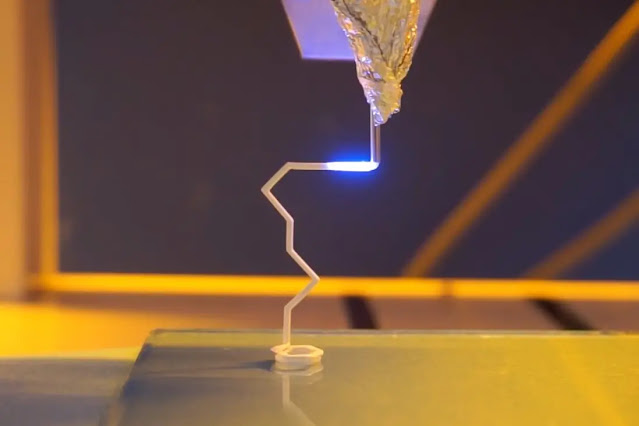Unsupported Ceramic 3D Printing

Researchers have recently made significant advancements in 3D printing technology for ceramics. This groundbreaking method allows the printing of ceramic objects without the need for additional support structures. By utilizing this technique, ceramics can be constructed at various angles, enabling the production of complex shapes that were previously unattainable with traditional 3D printing methods.
Ceramics are widely used in industries such as mechanical engineering, electronics, and aerospace due to their exceptional structural stability, resistance to wear, and ability to withstand high temperatures. However, their inherent brittleness and hardness pose challenges when manufacturing intricate parts.
To overcome these obstacles, a team of researchers developed an innovative approach. They created a new printing paste and improved the curing technique, allowing the ceramic material to solidify rapidly. As a result, the efficiency of 3D printing ceramics improved significantly, and the necessity for support structures was eliminated.
The new technique enables the instantaneous solidification of filaments of various sizes, ranging from 0.41mm to 3.5mm in diameter. This advancement successfully facilitates the construction of diverse ceramic structures, including torsion springs and cantilever structures.
The newly developed paste utilized in this method is a photosensitive ceramic slurry that rapidly solidifies and strengthens upon exposure to near-infrared (NIR) light. When extruded from the nozzle, the material retains its shape in mid-air due to the application of specific NIR radiation intensity.